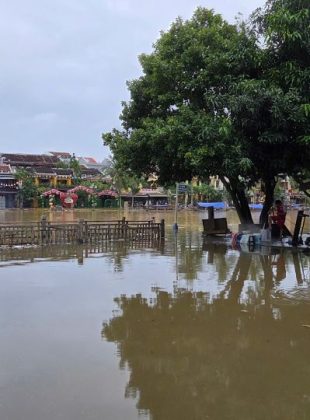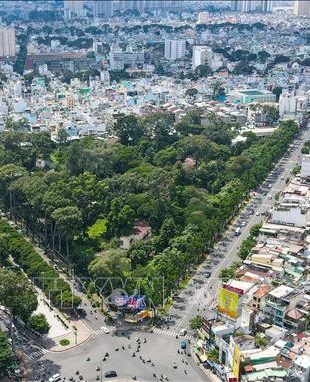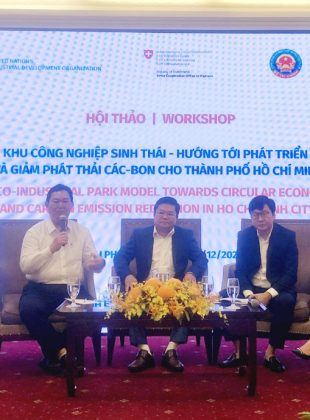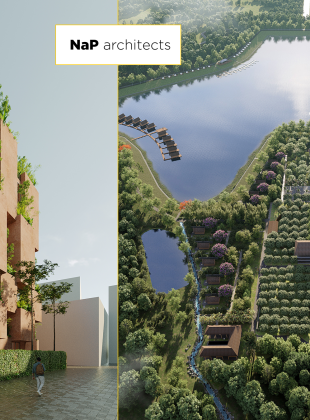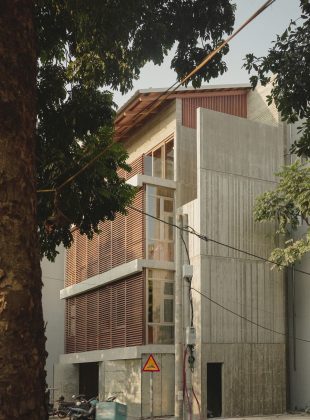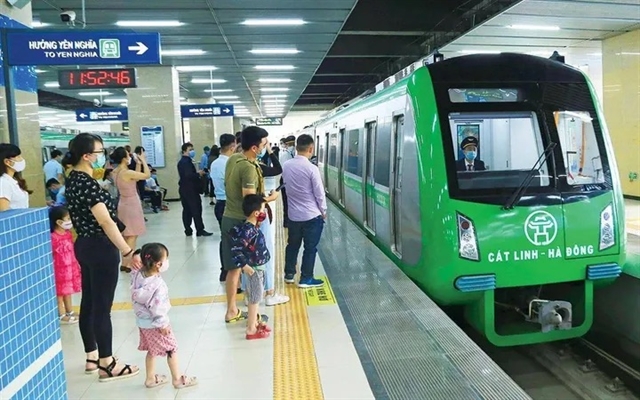
Controlling emissions from motorbikes is one of the main measures which can bring about noticeable changes in dealing with environment pollution in big cities like Hà Nội and HCM City.
The two cities are suffering from some of the worst air pollution due, in the main, to motorbike emissions. In Hà Nội alone, there are more than seven million motorbikes on the roads and 70 per cent of them have been used for more than ten years.
According to recent proposal of the Ministry of Agriculture and Environment, emission testing for motorbikes will be conducted in stages.
The testing will start from 2027 in the two biggest cities of Hà Nội and HCM City and then in Hải Phòng, Đà Nẵng, Cần Thơ and Huế cities in 2028. By 2030, the testing will be carried nationwide.
The ministry also proposed dividing the emission levels according to the year of manufacture of the vehicle.
Accordingly, motorcycles manufactured before 2008 will apply level 1 standard – the lowest emission standard, while newer models will have to meet higher emission standards such as levels 2, 3, and 4.
This division is to create conditions for people to easily adapt and have time to switch to suitable vehicles.
The ministry also recommended a free-of-charge testing service in the first stage and offering financial aid to poor people to repair or buy new vehicles to replace the old ones that do not meet emission standards.
Although there is a clear roadmap, the gas emission testing is still facing many challenges of both technical issue and implementation.
There are about 70 million motorbikes in use nationwide, seven million in the capital and the majority are older models, used for more than 10 years and have never been subject to emission testing.
According to experts, if mandatory emission testing was applied, about 50 million motorbikes nationwide will have to undergo periodic inspection and assessment steps, of which, millions of old motorbikes will be forced to end their life cycle because they do not meet emission standards.
This could cause some disruption as well as an unprecedented wave of large-scale vehicle exchange.
People’s concerns
“Behind environmental targets lies the lingering concern of everyday people, especially low-income earners who rely on old motorbikes for their livelihoods,” a specialist told kinhtedothi.vn.
“With limited incomes, the need to repair, upgrade or replace vehicles to meet emissions standards creates a significant financial burden,” he said.
Public apprehension is another obstacle to widespread implementation. Many worry that inspection could lead to costly repairs or force them to replace their motorbikes – a heavy pressure, particularly for low-income individuals and workers without a secure job.
“I have used my motorbike for more than 15 years. Although it is still in good condition, it could not pass the emission testing, I cannot afford a new one,” said Nguyễn Văn Dũng, a resident in Hoàng Mai District of Hà Nội.
Dr Hoàng Dương Tùng, president of the Việt Nam Clean Air Partnership (VCAP), said that the roadmap proposed by the Ministry of Agriculture and Environment fits the reality of Việt Nam.
The policy will be applied sensitively because motorbikes account for such a large proportion of transport, have a rapid growth rate and are associated with low and middle-income workers. Besides, people are concerned about time and cost of testing service, said Tùng.
“It is therefore essential for all relevant authorities to make thorough preparations – from identifying and monitoring emissions, to issuing inspection labels and stickers, investing in equipment, integrating data systems and installing environmental quality monitoring devices before and after the policy takes effect. Measures for penalising violations must also be developed,” the expert said.
In addition, the public needs to be properly informed about inspection procedures, who will be subject to checks, and the necessary documentation.
However, the expert also noted that the ongoing administrative merger of provinces and cities across the country may soon alter geographical boundaries.
Therefore, the ministry should issue clearer regulations on inspection and control zones. Instead of simply referring to Hà Nội and HCM City, the policy should specify which areas are considered inner-city zones.
What is the right approach?
According to many experts, to effectively control emissions from motorbikes, the inspection roadmap must be accompanied by comprehensive support measures. Among these, offering financial incentives to encourage the public to shift to environmentally-friendly vehicles is essential.
First and foremost, financial support policies must be expanded and tailored to low-income individuals. Beyond old vehicle exchange schemes, authorities could implement a ‘green vehicle bank’ model, allowing people to rent electric motorbikes at low cost, similar to successful programmes in Bengaluru, India.
Experts also emphasised the importance of ensuring that freelance workers are not left behind in the green transition and efforts to control motorbike emissions. One of the current barriers is that, despite some improvements in public transport – including metro lines in Hà Nội and HCM City, and the Bus Rapid Transit (BRT) system – these developments are not yet sufficient to replace motorbikes.
Nguyễn Văn Hùng, an office worker, said: “The metro is convenient, but I still need to ride my motorbike to the parking lot before I can take the train to work.”
Hùng suggested that Hà Nội needs to expand the metro network, increase bus frequency and develop dedicated lanes for bicycles to make public transport more competitive.
Another critical issue is raising public awareness about the harmful effects of motorbike emissions and the benefits of clean transport. Many experts agree that, without public consensus and initiative, even the best policy is unlikely to succeed. What is needed is to create a conducive environment so that people can see the tangible benefits of switching.
A key factor that must also be considered is the integration of motorbike emissions control into smart urban planning.
In developed countries, air pollution control goes beyond checking individual vehicles – it is tightly connected with intelligent transport systems, rational infrastructure planning and real-time environmental data.
Nearly two decades after the emission control initiative for motorbikes was approved, Việt Nam is only now beginning to take concrete steps. The inspection roadmap is a commendable effort, reflecting a clear commitment to reducing urban air pollution.
However, to ensure this solution is truly effective, a coordinated approach is required – involving government authorities, social organisations and, most importantly, active public participation. Emission inspections for motorbikes are not merely a technical or administrative issue, but part of a broader strategy towards a green, clean, and sustainable future for all.
A smart city must build a vehicle management system using digital technology, including sensors to monitor air quality and vehicle density by area.
Based on the collected data, local authorities can issue early warnings, manage traffic flow flexibly and implement measures such as restricting vehicle access during peak hours or when air quality deteriorates.
(VNS)





